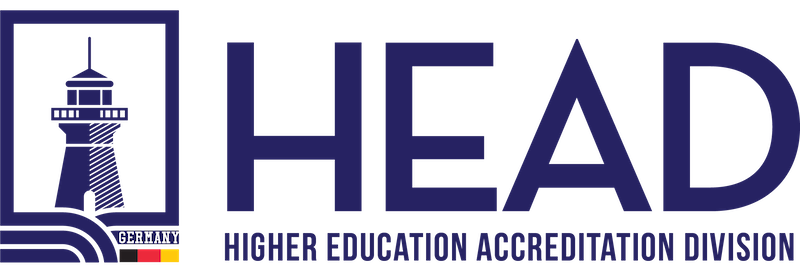The Importance of Documented Information in Ensuring Process Conformance

Introduction
In today’s fast-paced business environment, organizations must strive to maintain the highest level of efficiency and effectiveness in their operations. To achieve this, proper planning and execution of processes are essential. However, it’s not enough to merely have well-defined procedures in place. The need for documented information arises as a critical aspect to ensure that processes are carried out as intended, providing the organization with the confidence it needs to achieve its goals.
Retaining Documented Information
Documented information, in the context of organizational processes, refers to the records, data, and documents that outline the established procedures and guidelines for each activity. This includes process descriptions, standard operating procedures (SOPs), work instructions, policies, manuals, and any relevant reports generated during the execution of these processes.
-
Process Conformance and Compliance
Documented information plays a pivotal role in enabling an organization to adhere to its planned processes and comply with industry regulations and standards. Having comprehensive records and guidelines allows for better control and monitoring, ensuring that every activity aligns with the intended objectives. Whether it’s manufacturing, service delivery, or administrative processes, documented information acts as a guiding light for employees to follow.
-
Consistency and Reproducibility
Consistency and reproducibility are critical for organizations to maintain a high level of product or service quality. When processes are well-documented, it becomes easier for employees to replicate successful outcomes. This consistency ensures that customers receive the same level of quality every time they engage with the organization. Additionally, in case of any deviations or issues, documented information serves as a reference point to identify and rectify the problem promptly.
-
Training and Onboarding
New employees often face a steep learning curve when joining an organization. Documented information can significantly ease this process by providing a comprehensive resource for training and onboarding. Instead of relying solely on individual expertise, newcomers can refer to documented guidelines and procedures, making the transition smoother and reducing the risk of errors during the early stages.
-
Continuous Improvement
The pursuit of excellence is a constant journey, and organizations must continuously improve their processes to stay competitive. Documented information facilitates continuous improvement initiatives by acting as a baseline for assessing existing processes and identifying areas that require enhancement. It allows for a data-driven approach to identify patterns, analyze trends, and make informed decisions to optimize workflows.
-
Risk Management and Audits
In the ever-changing business landscape, organizations are exposed to various risks. By retaining documented information, companies can better manage risks by identifying potential hazards and establishing preventive measures. Furthermore, during audits or inspections, having well-organized documented information streamlines the process, instilling confidence in auditors about the organization’s commitment to compliance.
-
Knowledge Preservation and Succession Planning
Employee turnover and retirements can lead to a significant loss of institutional knowledge. Documented information ensures that valuable knowledge is preserved within the organization, even if key personnel leave. This knowledge continuity is crucial for seamless succession planning and maintaining business continuity.
Conclusion
Documented information is not just a formality; it is a strategic asset that empowers organizations to operate efficiently and confidently. From process conformance to risk management and continuous improvement, retaining documented information enhances an organization’s ability to achieve its goals and maintain a competitive edge in the marketplace. By making an investment in documenting processes, businesses create a culture of transparency, accountability, and excellence, which ultimately leads to long-term success.
Source: HEAD – Higher Education Accreditation Division
Would you like to speak to one of our Higher Education Accreditation Expert? Just submit your details and we’ll be in touch shortly. You can also email us if you would prefer.

